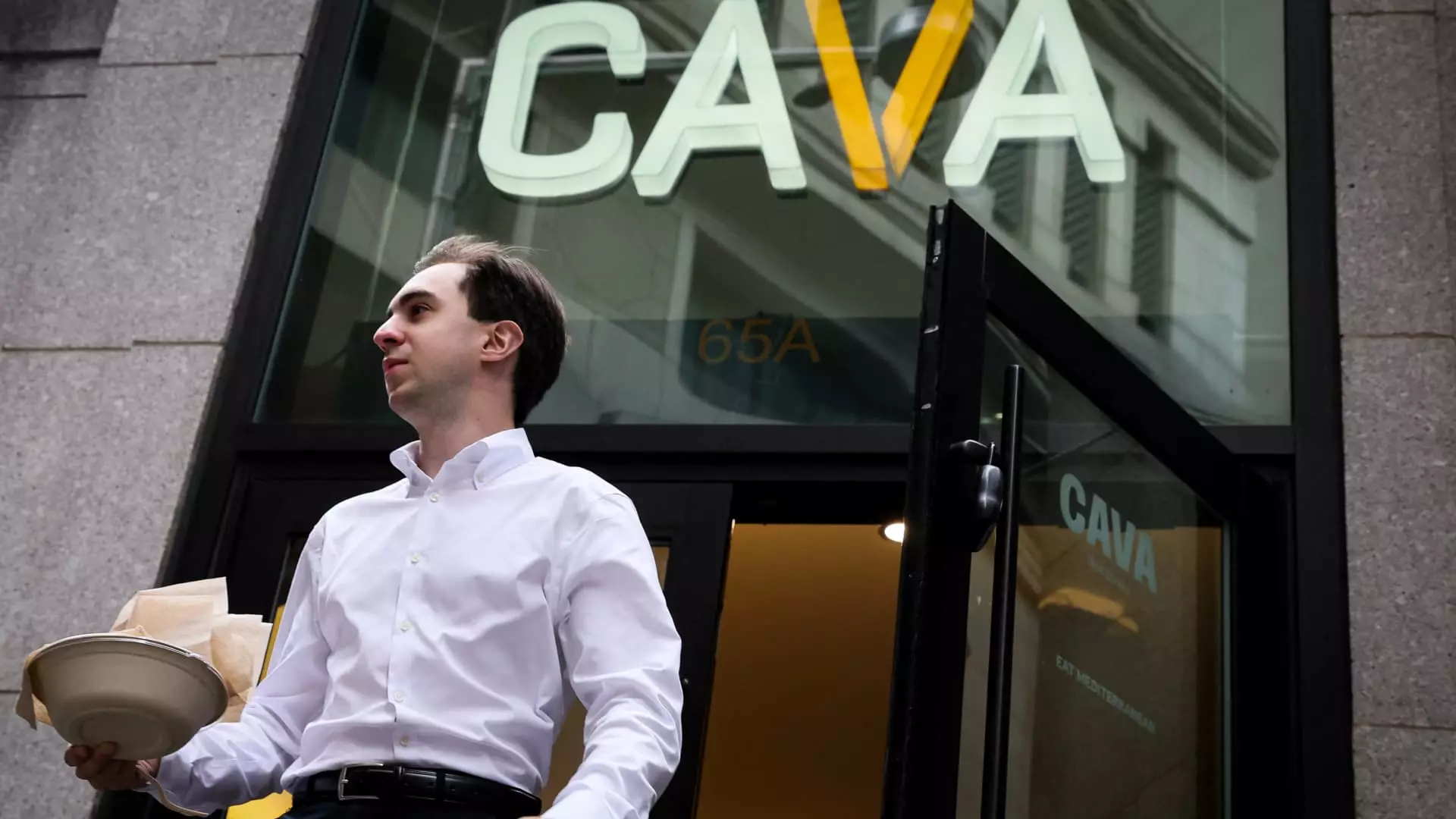In an era where economic instability clouds consumer confidence, restaurant chains are increasingly turning to the allure of loyalty programs as a survival tactic—yet at what cost? Initially designed as a simple reward mechanism to enhance customer experience, these programs have morphed into aggressive tools of consumer retention. The industry’s pivot suggests that brands see loyalty initiatives as vital, not optional, to stay afloat amid declining foot traffic and stagnant sales. However, this reliance raises questions about authenticity and the true priorities of these corporations. Are they genuinely interested in cultivating long-term relationships, or are they merely deploying clever tactics to mask declining profitability?
The reality is that these programs have become a double-edged sword. While they can generate repeat business, their aggressive promotions and strategic manipulations risk eroding the genuine connection between brands and consumers. Such tactics subtly prioritize short-term engagement over sustainable growth, often at the expense of the very margins that keep these companies operational. It’s a high-stakes game of consumer manipulation, masked under the guise of customer-centricity.
The Illusion of Value in a Cost-Conscious World
As economic pressures tighten the purse strings of everyday consumers, fast-casual restaurants are compelled to innovate—sometimes dangerously so. Loyalty programs are presented as the panacea, promising that a few points or freebies will keep customers loyal. But beneath this veneer of value lies a more insidious strategy: companies are essentially using discounts and perks to lock consumers into a cycle of dependency, subtly altering their dining habits.
Starbucks’ staggering 34.2 million active rewards members and their dominance of over half of the company’s transactions reveal a harsh truth: loyalty programs are not just marketing tools—they are now core to the consumption ecosystem. The question remains: how much of this “loyalty” is authentic? Are consumers genuinely delighted by the rewards, or are they conditioned to expect freebies as part of their routine? When companies like Chipotle and Starbucks face declining same-store sales, they cling to these programs as lifelines, signaling their desperation rather than confidence in their brand value. This transactional mindset risks transforming dining into a chore, where loyalty is driven more by algorithms than authentic affinity.
Creativity or Manipulation? The New Face of Loyalty
What’s truly troubling is how brands are evolving their reward systems to manipulate consumer behaviors beyond initial expectations. Cava is reimagining its program, offering flexibility and surprise elements like limited-time offers and in-app challenges, yet these tactics serve a dual purpose. Behind the playful branding and gamification lies a calculated effort to keep consumers engaged and spending more over time—often at a loss to the company’s bottom line.
Similarly, Chipotle’s “Summer of Extras” campaign, with free burritos and incentivized visits, illustrates a strategic push to sustain customer loyalty through generosity that’s ultimately funded by the brand’s marketing budget. Potbelly’s new coin-based system and Portillo’s digital badge approach exemplify how these companies are reinventing loyalty not as a simple act of appreciation but as a sophisticated capture of valuable consumer data and spending habits. Even as these programs seem innovative, their core function remains the same: leveraging psychological triggers to earn not just customer loyalty but ongoing patronage—regardless of whether the consumer perceives real value.
The Hidden Costs of Loyalty: Profit Margins and Market Sustainability
Promotional freebies and rewards typically come at a steep price. For an industry that already battles razor-thin margins, these incentives threaten financial stability. While loyalty programs can temporarily boost foot traffic and sales, they often eat into profits, especially when discounts are deep and frequent. This strategy mirrors the wider economic debate about whether consumer loyalty is genuine or merely a transactional convenience.
Furthermore, the industry’s focus on fleeting gains risks building a fragile foundation. When brands increasingly rely on giveaways to maintain relevance—even in a downturn—they foster a volatile market environment ripe with the potential for unsustainable practices. The painful reality is that this approach discourages true brand loyalty rooted in quality and integrity, replacing it with ephemeral engagement based on external rewards that can evaporate at any moment.
The Reckless Game of Consumer Entrapment
The aggressive expansion of loyalty programs reveals a fundamental shift in how corporations perceive their clientele. For many, customers are no longer valued as individuals with unique preferences but as data points and ticket numbers on a rewards ledger. Programs like Sweetgreen’s revamped approach and Portillo’s simple digital badges show how brands are designing loyalty as a form of consumer entrapment—easy to join, hard to exit, and designed to maximize engagement regardless of genuine satisfaction.
This strategy is dangerous, fostering a culture of entitlement and dependency where consumers become conditioned to expect perks rather than meaningful service. It transforms dining into a game—one where the rules constantly evolve to keep the player hooked, often without regard for the long-term health of the brand or consumer well-being. As these programs intensify, they threaten to distort the essence of hospitality, replacing authentic connection with transactional transactions masked as loyalty.
—
Given the industry’s obsession with fleeting engagement tactics and the hollow promise of ongoing discounts, it’s increasingly clear that the current loyalty obsession is more about manipulation than meaningful relationship-building. As restaurant chains chase ephemeral wins through elaborate rewards, they risk sacrificing their integrity, long-term profitability, and consumer trust in the process. Loyalty programs, though essential in tough times, should be rooted in genuine value—not exploited as mere tools of consumer control.


Leave a Reply